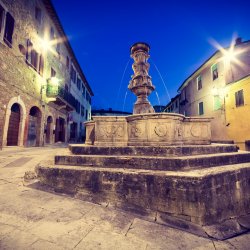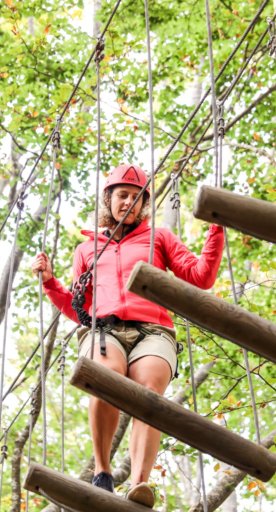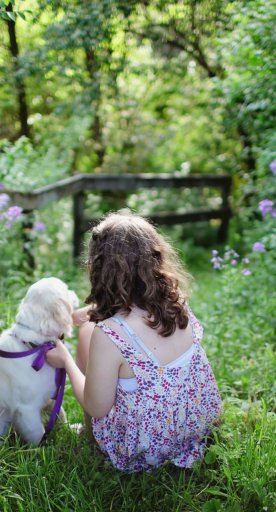

Palio di Siena: all the things you need to know
Discover Italy's most famous horse race
The Palio di Siena is one of Tuscany’s most awaited summer events. Boasting centuries-old origins, Italy's most famous horse race takes place twice a year in piazza del Campo, Siena’s main medieval, shell-shaped square. The Palio has for centuries been a competition among the city’s districts, called contrade. This historic tradition dates to 1633, but every year Siena relives the event with the zeal of its past. Want to visit the famous horse event? Here are the main things you should know before seeing the Palio di Siena.
-
1.What is a contrada?
-
2.When does the Palio take place?
-
3.Who can take part in the race? How does it work?
-
4.What’s the prize?
-
5.More about the race
-
6.Where to watch the Palio
What is a contrada?

There are 17 contrade, or districts: Caterpillar, Dragon, Eagle, Forest, Giraffe, Goose, Owl, Panther, Porcupine, Ram, She-Wolf, Seashell, Snail, Tortoise, Tower, Unicorn and Wave. Each contrada features its own emblem and colors. To this end, while walking around Siena’s city center, you’ll easily differentiate which contrada you’re in thanks to flags and emblems that adorn the winding streets. The contrade give Siena’s residents a real sense of community, as its citizens work year round for the district and its activities. Each contrada also features its own museum showcasing memorabilia and its past victories, not to mention the many churches where each horse is blessed on the day of the race! As proof of their sense of pride, you’ll only be part of a contrada if you're born into it: most contrade have their own fountain to baptize newborn members!
When does the Palio take place?

On July 2, you’ll find the Palio della Madonna di Provenzano while on August 16, the Palio della Assunta takes place. The Palio is a huge tradition that lasts a total of four days, from the warm-ups on the morning of June 29 until the races on July 2 (Palio della Madonna di Provenzano) and again from August 13-16 for the next Palio. The first day involves the tratta, which is the drawing of the lots and when the horses are assigned to each contrada. The contrade have their own jockey but not their own horse. The city hosts 6 trial runs before the official race, one in the morning and one in the afternoon, but jockeys try to avoid tiring their horses too much. The July race starts at 7:30pm while the August race begins at 7pm. Both races are preceded by a historic procession and are followed by open-air dinners in each contrada. But that's not all: on the day of the Palio, the city holds a mass at 8am called Messa del fantino (Mass for the jockeys) in the chapel next to the Palazzo Comunale. At 10:30am, you’ll find the segnatura dei fantini in the Palazzo Comunale, the moment when the names of the jockeys are confirmed. At around 3pm, the horses are blessed, followed by the historical parade until around 5pm in piazza del Campo
Who can take part in the race? How does it work?

The Palio is quite a complex event, as there are many rules that maybe only the contrade know! Not all 17 contrade participate in the race. Only 10 out of the 17 take part in each race (10 on July 2 and 10 on August 16): 7 that did not participate in the previous race will run in the next one, while the remaining three are drawn at random. This means that a contrada may be running both, one or no races at all.
What’s the prize?

The Palio prize is the so-called Drappellone, meaning large drape, or Cencio, a large painted silk canvas designed and created each year by a different artist. The winning contrada displays the canvas in its museum during district celebrations. The oldest existing Palio dates to 1719 and belongs to the Aquila contrada.
More about the race

The race only lasts about a minute, as the horses must complete three full laps around piazza del Campo. Two long ropes delimit the mossa, the area where the race begins. The Mossiere is the person in charge of making sure that horses and jockeys are ready and in their assigned positions. The wait for the start of the race can be extremely long since this phase is more complicated than it seems (it’s not easy to fit 10 powerful horses in a small area). When the race finally begins, the first horse that crosses the finish line after the third lap wins. The horse can also finish without the jockey and still win the race if it manages to keep running with the colors of its contrada (a small feather on its head) – which sometimes happens! This race is rather dangerous, especially in certain places on the square: accidents have occurred in the past, the reason why Italian animal rights movements are often against the Palio. These groups constantly monitor and criticize the conditions of the animals during the race and are quick to call for improvements.
Where to watch the Palio

If you’re hoping to see this ancient tradition up close, visiting Siena during the Palio is always a great idea, though keep these few tips in mind. Access to piazza del Campo is free for everyone. Make sure to bring sunscreen, a hat and something to drink, since once the piazza is closed you can no longer exit. Remember that piazza del Campo tends to fill up by early evening. If you’re hoping for more comfortable accommodations, watch the Palio from the wooden tribunes or from the houses around the square. Ask around local shops in the center for tickets.
More info: here


























































